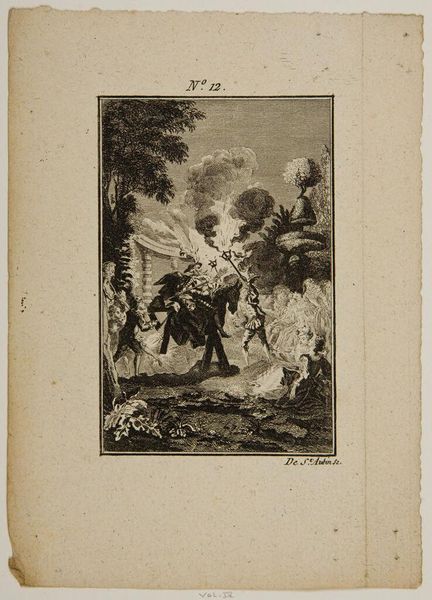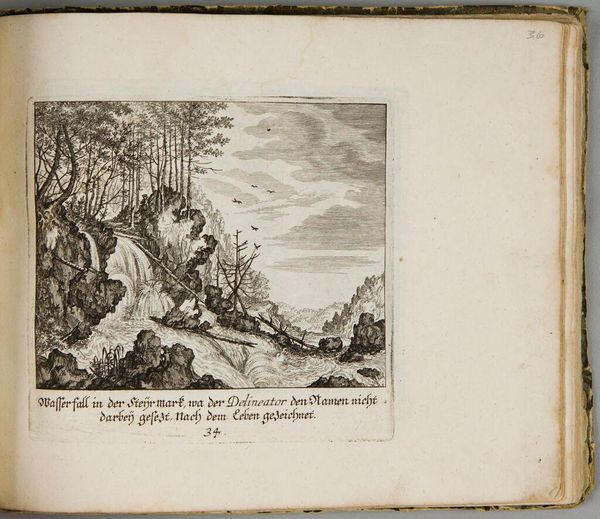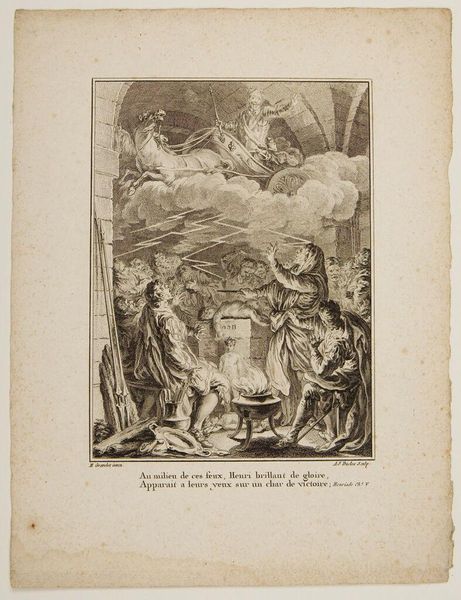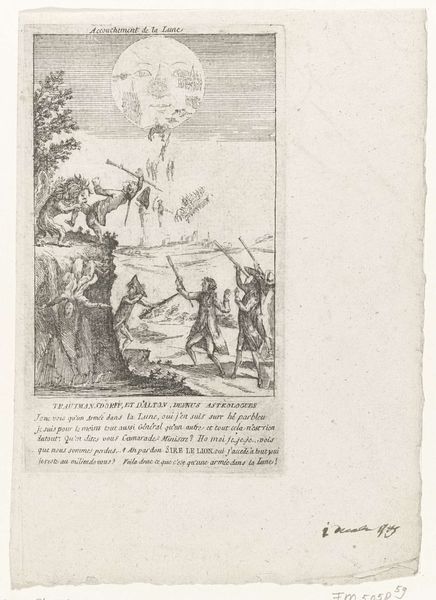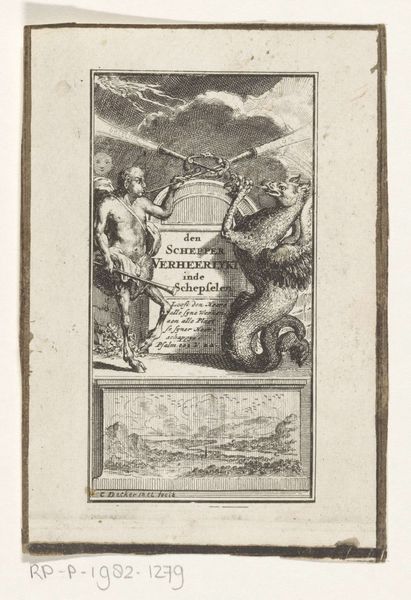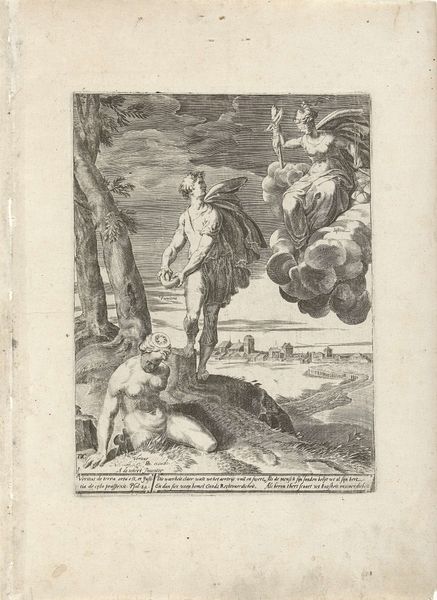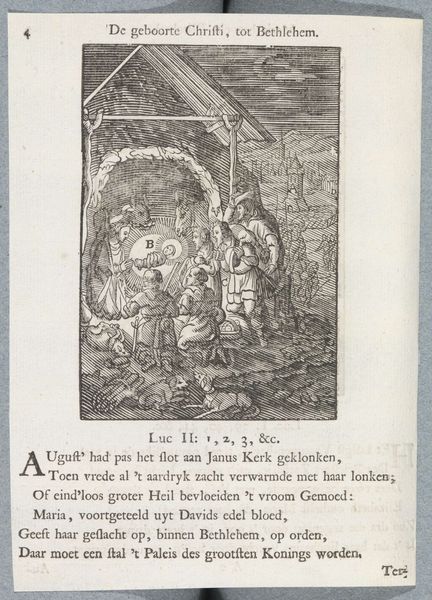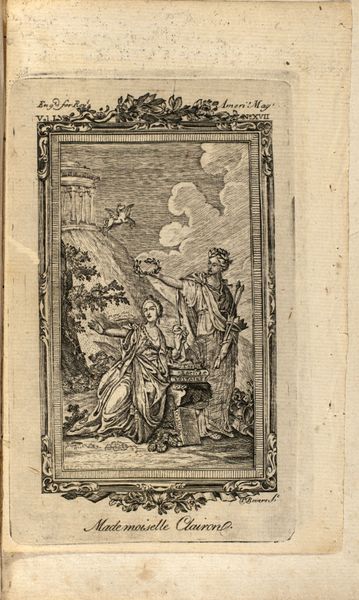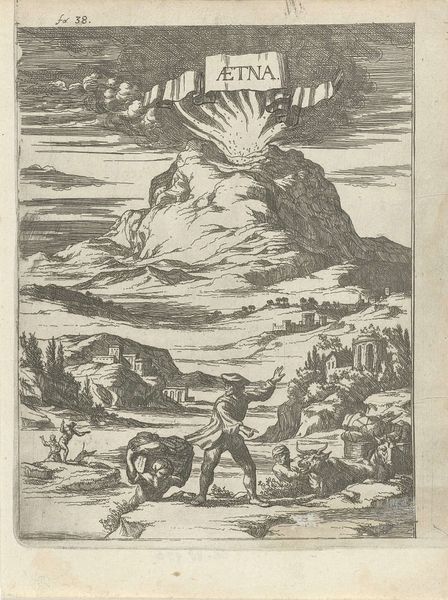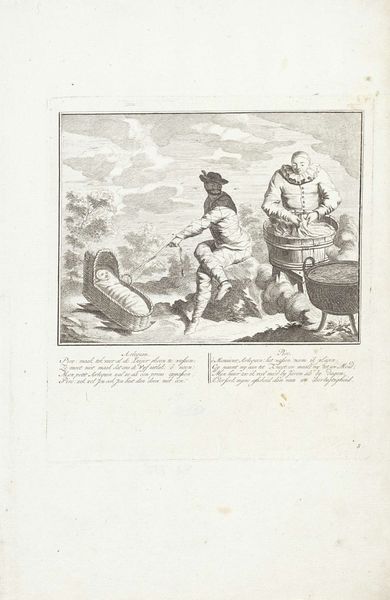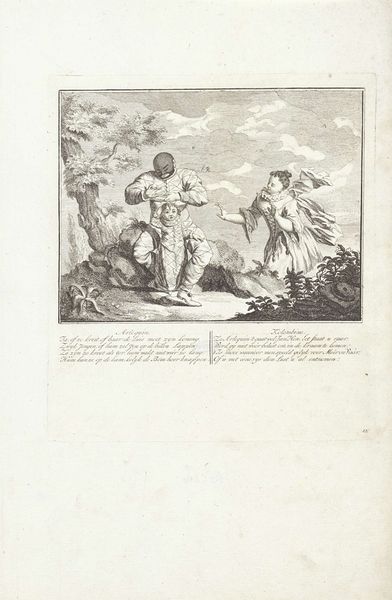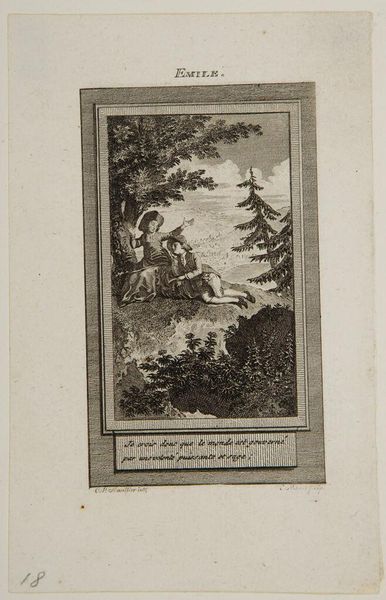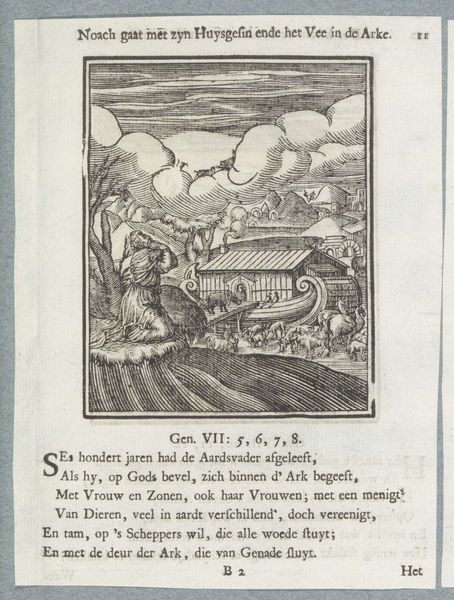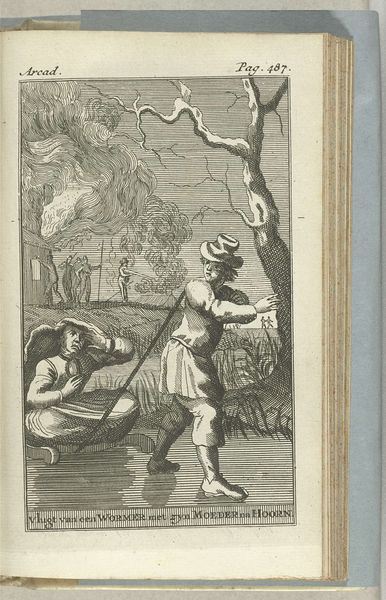
Legend say that Thetis plunged her son into the waters of the Stix to make him invulnerable 1781
0:00
0:00
Dimensions: Image: 10 Ã 6 cm (3 15/16 Ã 2 3/8 in.) Sheet: 16.2 Ã 10 cm (6 3/8 Ã 3 15/16 in.)
Copyright: CC0 1.0
Curator: Looking at this print, a work by François Robert Ingouf, titled "Legend says that Thetis plunged her son into the waters of the Stix to make him invulnerable," I'm immediately struck by its classical sensibility. The figures are rendered with a delicate, almost ethereal quality. Editor: It's interesting how Ingouf chose to depict a well-known story. Prints like this circulated widely, shaping public understanding of mythology and morality. How do you think the printmaking process itself influences the message? Curator: The engraving, the labor involved in its production, makes it accessible and replicable. This allows a wider audience to engage with these heroic narratives. The act of producing and consuming the art becomes part of understanding its meaning. Editor: Exactly. The print's function as a frontispiece, placed at the beginning of a text, also suggests its role in shaping the viewer's understanding of what follows. It establishes the tone and moral framework. Curator: Thinking about materiality, the lines created by the engraving tool give the figures a sense of sculpted form, referencing classical sculpture. It's a translation of one medium into another. Editor: And the small scale, dictates an intimacy, a personal connection with a grand mythological event. It invites reflection, on how heroes are made and how society shapes them. Curator: It’s fascinating to consider the intersection of myth, material, and dissemination in this single image. Editor: Absolutely, understanding its place in the world is key.
Comments
No comments
Be the first to comment and join the conversation on the ultimate creative platform.
